Discover the Hidden Truths of Knitting
This visual reveals 10 surprising facts that even experienced knitters may not know—from how yarn behaves in water to the impact of needle sharpness on stitch quality. Whether you’re crafting cozy gifts or poetic pieces, these insights help you choose the right materials, preserve your work, and honor the harmony between yarn and pattern.
Created with love by AmyLiva Handmade, where every stitch tells a story.
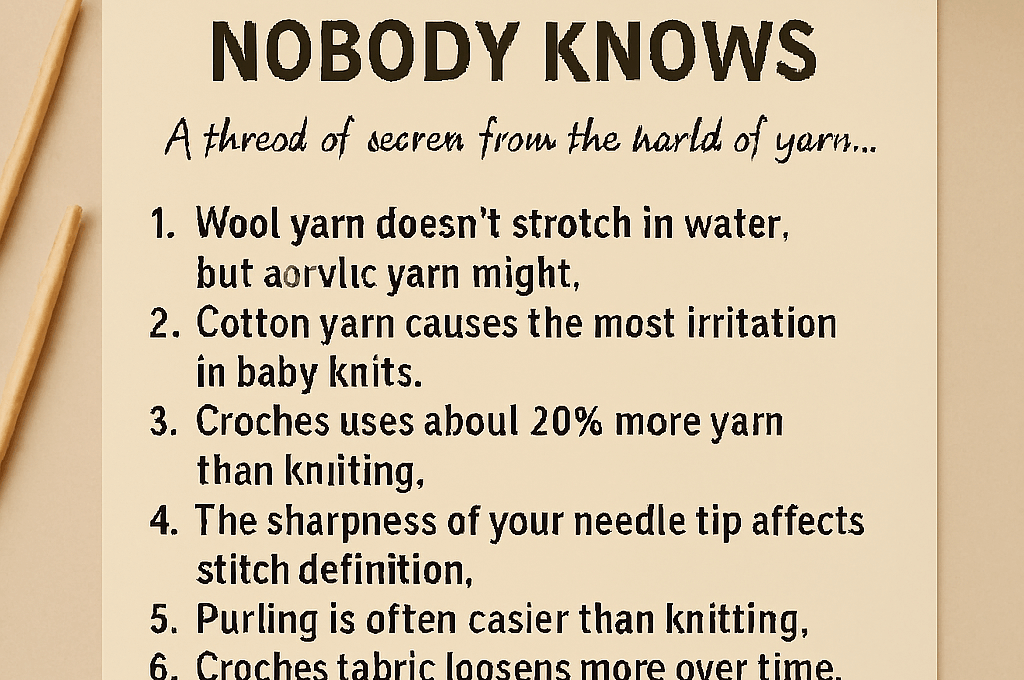
10 Knitting Facts Nobody Knows: Secrets Every Yarn Lover Should Discover
Published by AmyLiva Handmade
Where every stitch tells a story…
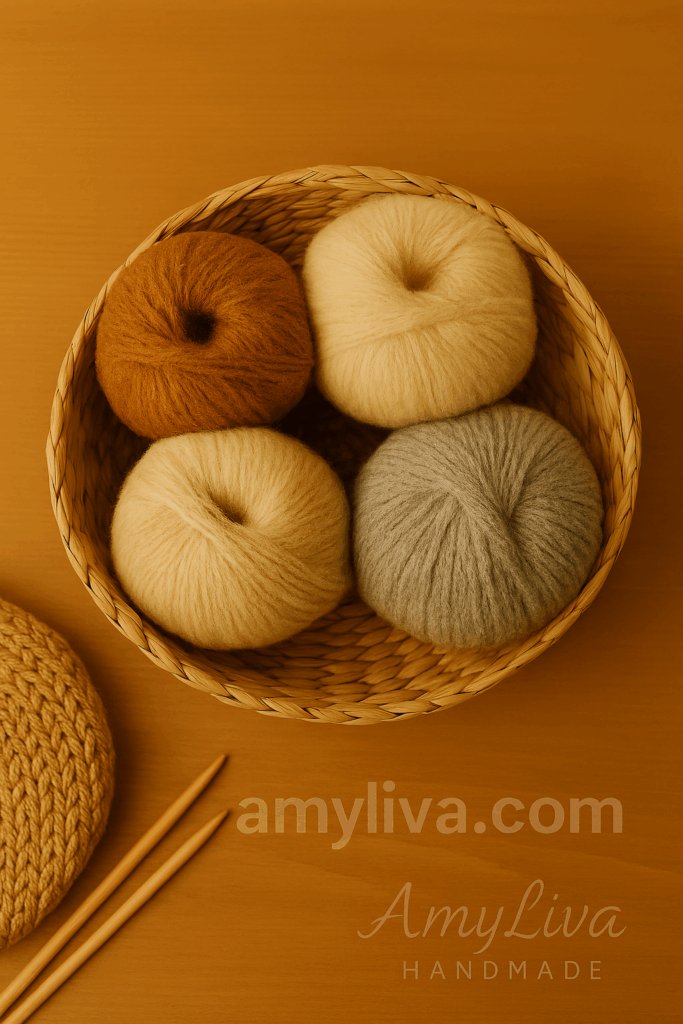
Knitting is often seen as a gentle, meditative craft—a rhythmic dance between yarn and needle. But beneath its cozy surface lies a world of nuance, technique, and surprising truths that even seasoned makers may not know. Whether you’re just beginning your journey or have years of stitches behind you, these ten lesser-known knitting facts will deepen your understanding and elevate your creative rituals.
In this post, we’ll explore the hidden science of yarn behavior, the emotional intelligence behind material choices, and the technical subtleties that shape every handmade piece. Let’s unravel the mystery together 🧶
- Wool Yarn Doesn’t Stretch in Water—But Acrylic Might
When submerged in water, wool yarn maintains its structure, while acrylic yarn tends to stretch. This matters more than you think—especially when blocking or washing your finished pieces. Wool’s natural elasticity allows it to bounce back, making it ideal for garments that need to retain shape. Acrylic, on the other hand, may elongate and lose definition.
Tip: If you’re gifting or selling your work, always include care instructions based on fiber type. Your customers will thank you.
- Cotton Yarn Causes the Most Irritation in Baby Knits
Surprisingly, cotton yarn, often chosen for its softness, can be more irritating to sensitive baby skin than wool blends or bamboo fibers. Its lack of elasticity and tendency to stiffen after washing makes it less forgiving.
Alternative: Try using organic merino wool or bamboo yarn for baby projects. They’re breathable, hypoallergenic, and gentle to the touch.
- Crochet Uses About 20% More Yarn Than Knitting
If you’re planning a large project, this fact is crucial: crochet consumes more yarn than knitting due to its loop structure. While crochet creates thicker, more textured fabric, knitting is more economical for yardage.
Planning Tip: Always check yardage requirements before switching techniques mid-project. Your stash might not stretch as far as you think.
- Needle Tip Sharpness Affects Stitch Definition
The sharpness of your knitting needle tips can dramatically impact the clarity of your stitches. Sharper tips allow for precise maneuvering, especially in lacework or intricate patterns. Blunter tips may slow you down or cause uneven tension.
Brand Insight: Premium needles like ChiaoGoo or HiyaHiya offer sharper tips ideal for detailed work. Choose your tools like you choose your words—with intention.
- Purling Is Often Easier Than Knitting
This one surprises many: purling can feel more intuitive for some knitters than the classic knit stitch. It depends on hand positioning, tension, and muscle memory. If you struggle with knit rows, try reversing your approach.
Creative Ritual: Embrace the reverse. Sometimes the “backward” path leads to unexpected beauty.
- Crochet Fabric Loosens More Over Time
Crochet stitches, especially in openwork patterns, tend to loosen and stretch more than knitted fabric. This affects drape, fit, and longevity—especially in wearable items.
Solution: Use smaller hooks or tighter tension for crochet garments. And always swatch before starting.
- Thick Yarn Shows Less Detail in Patterns
While chunky yarns are cozy and quick to work with, they hide intricate stitch details. If your pattern includes cables, lace, or texture, opt for DK or worsted weight yarns to showcase your work.
Visual Harmony Tip: Match yarn weight to emotional tone. Chunky for comfort, fine for elegance.
- Loose Stitches with Thin Yarn Can Distort Fabric
Thin yarns require precision. Loose tension can lead to warped or uneven fabric, especially in lace or openwork designs. Over time, this distortion becomes more visible.
Technique Tip: Use blocking wires and gentle steam to reshape delicate pieces. Your stitches deserve to stand tall.
- Up to 30% of Pattern Flow Depends on Needle Quality
Yes, you read that right. Needle quality affects pattern flow—from stitch consistency to speed. Poor-quality needles can snag, split yarn, or disrupt your rhythm.
Investment Tip: Treat your needles like sacred tools. They carry your intention, your energy, your story.
- Not Every Yarn Suits Every Pattern—Harmony Is Essential
This final truth is both technical and poetic: yarn-pattern compatibility is everything. A lace pattern in fuzzy mohair may disappear. A structured cable in slippery silk may collapse.
Creative Wisdom: Before you begin, ask: Does this yarn honor the spirit of the pattern? If not, choose again.
Why These Facts Matter for Makers and Dreamers
At AmyLiva Handmade, we believe that crafting is more than technique—it’s ritual, emotion, and connection. These ten truths aren’t just tips; they’re invitations to deepen your relationship with your materials and your creative self.
Whether you’re designing amigurumi, crochet jewelry, or emotionally resonant gifts, understanding the behavior of yarn and tools helps you create with confidence and clarity.
SEO & AdSense Optimization Tips for Knitters
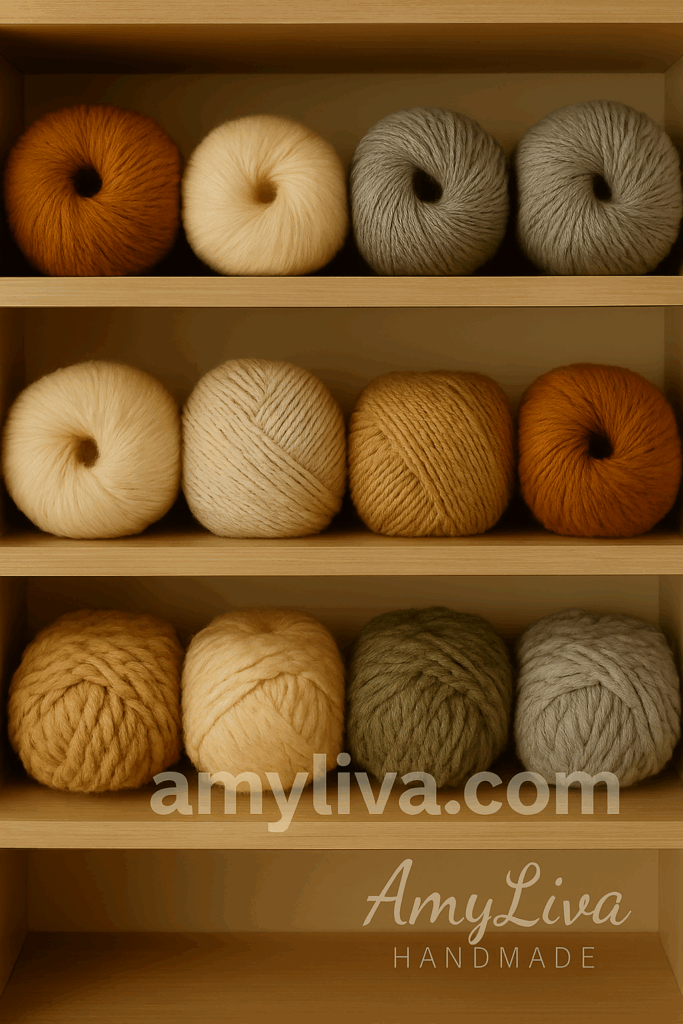
If you’re a fellow handmade artist or blogger, here are a few ways to turn these insights into traffic and revenue:
- Use long-tail keywords like “knitting tips for beginners,” “yarn behavior in water,” or “crochet vs knitting yarn usage.”
- Embed Pinterest pins with optimized descriptions and hashtags.
- Link to affiliate yarn shops or needle brands you trust.
- Write follow-up posts like “Best Yarn for Baby Projects” or “How to Choose the Right Needle for Your Pattern.”
- Include internal links to your tutorials, product pages, or free patterns.
Final Threads: A Message from AmyLiva Handmade
Knitting is a language. Every stitch is a syllable. Every row is a sentence. And every finished piece is a poem.
These ten facts are not rules—they’re whispers from the yarn itself. Listen closely, and you’ll hear your own story woven between the fibers.
Thank you for being here. For honoring the handmade. For believing in the quiet magic of creation.
🧵 Frequently Asked Questions About Knitting (FAQ)
- What type of yarn is best for beginners?
Answer: Beginners often benefit from using worsted weight yarn in natural fibers like wool or cotton. It’s easy to handle, shows stitches clearly, and works well with most basic patterns. Avoid slippery or fuzzy yarns until you’re more confident with tension and technique.
- Why does my crochet project use more yarn than knitting?
Answer: Crochet stitches are loopier and taller than knit stitches, which means they require more yarn per square inch. On average, crochet uses about 20% more yarn than knitting for the same size project.
- How do I choose the right needle for my pattern?
Answer: Consider the pattern complexity, yarn weight, and desired texture. Sharp-tipped needles are ideal for lace and detailed work, while blunt tips suit thicker yarns and simpler patterns. Always swatch before starting to test needle compatibility.
- Can I use the same yarn for both knitting and crochet?
Answer: Yes, but results may vary. Some yarns behave differently depending on the technique. For example, cotton yarn may feel stiff in crochet but soft in knitting. Always check how the yarn drapes and stretches in each method.
- What causes irritation in baby knits?
Answer: Surprisingly, cotton yarn—though soft—can cause irritation due to its lack of elasticity and tendency to stiffen after washing. For baby projects, opt for organic merino wool or bamboo yarn, which are gentler on sensitive skin.
- How do I prevent my stitches from loosening over time?
Answer: Use the correct hook or needle size, maintain consistent tension, and block your finished piece properly. For crochet, tighter stitches and smaller hooks help maintain shape. For knitting, avoid overly loose tension with thin yarns.
- What does “yarn-pattern harmony” mean?
Answer: It refers to how well a yarn complements the design of a pattern. For example, lace patterns need smooth, lightweight yarns to show detail, while chunky yarns suit simple textures. Choosing the right match ensures your work looks and feels intentional.
- Is purling really easier than knitting?
Answer: For some makers, yes. Purling can feel more natural depending on hand position and muscle memory. If you struggle with knit rows, try reversing your technique—you might find a smoother rhythm.
- How important is needle quality?
Answer: Extremely. Up to 30% of your pattern flow depends on needle quality. Smooth joins, sharp tips, and balanced weight all contribute to stitch consistency and comfort. Investing in good tools enhances both your process and your results.
- Where can I find more soulful knitting tutorials?
Answer: Right here at amyliva.com 🌸 Explore poetic guides, emotionally resonant patterns, and handmade wisdom crafted with love by AmyLiva Handmade.
🧶 With love,
AmyLiva Handmade
Explore more at amyliva.com
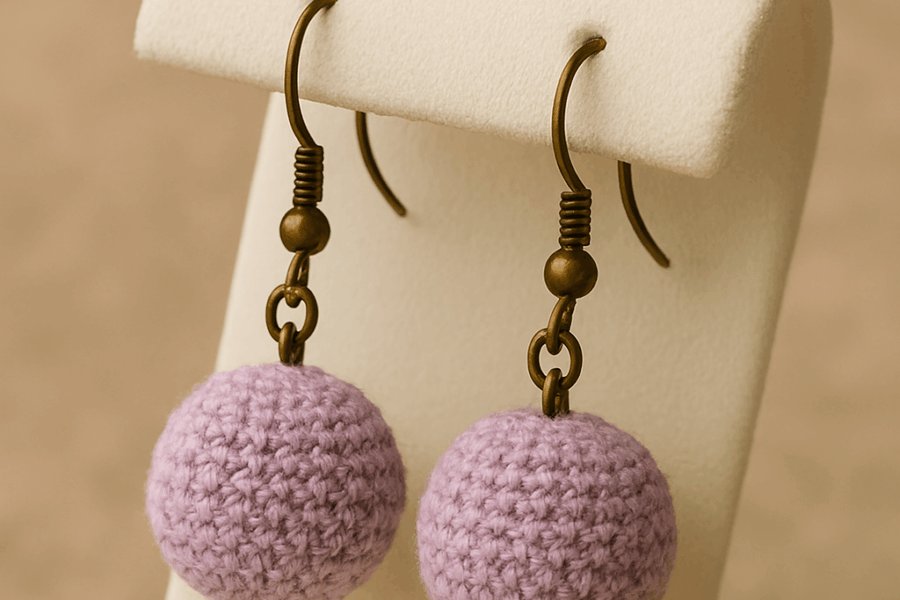
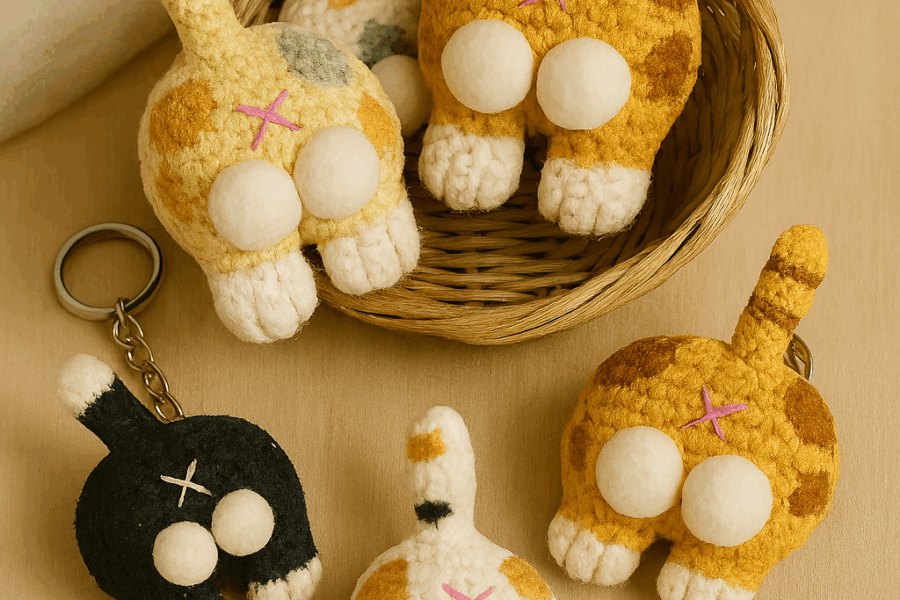
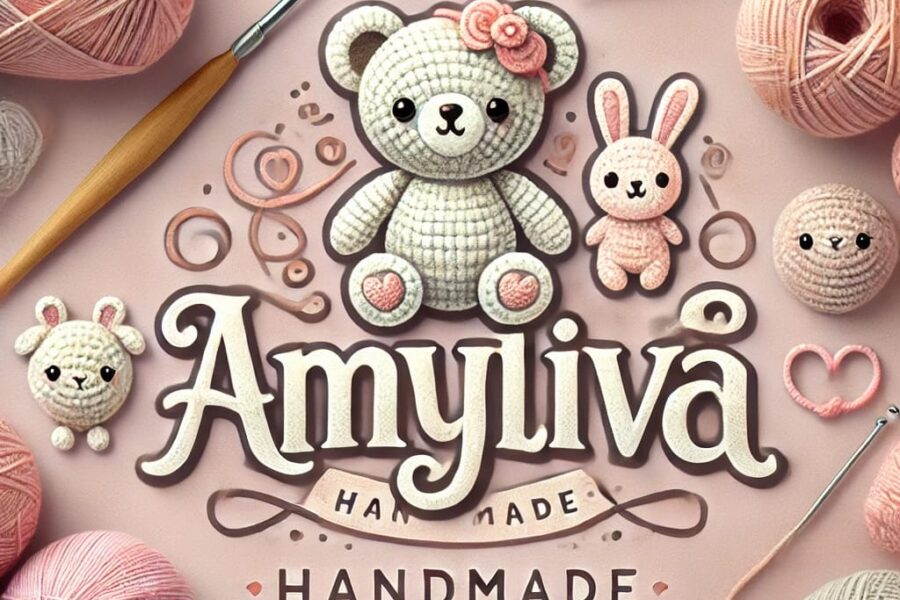
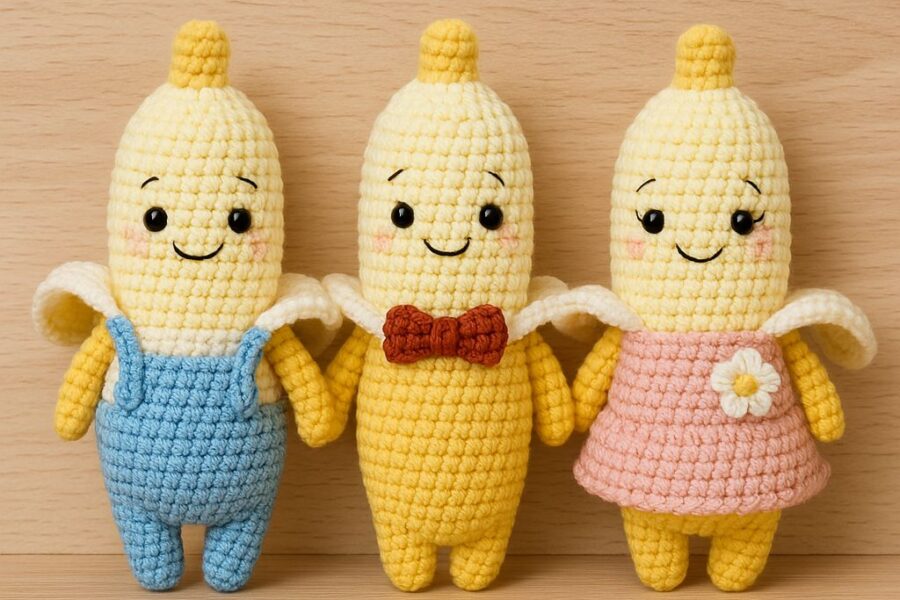
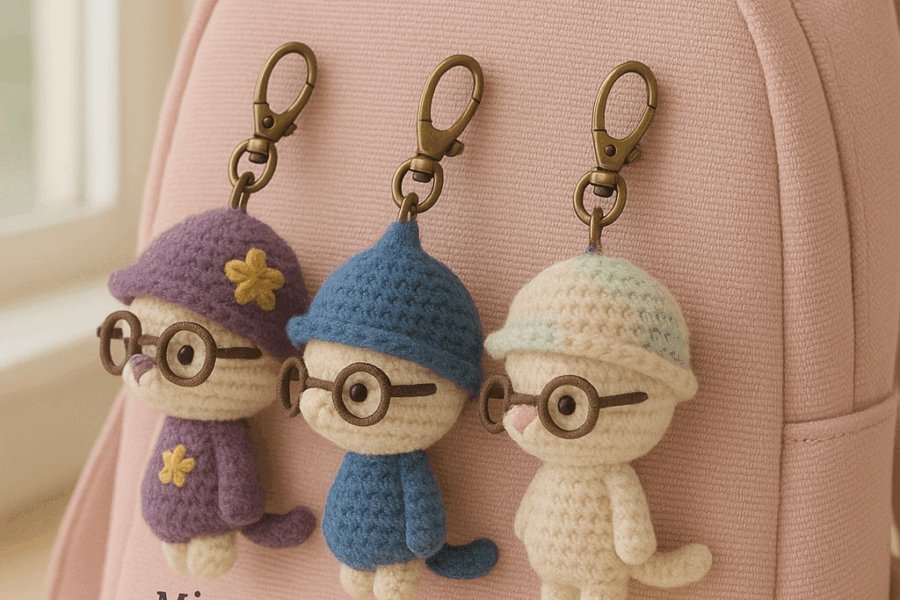
Leave a Comment